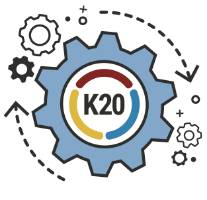Card

I Notice, I Wonder
Students use guided inquiry to create and answer good questions from the information at hand, activating their prior knowledge and engaging them in higher-order thinking.
I Notice, I Wonder
Summary
Students write things they notice and things they wonder about a topic that has only been briefly introduced to them. After sharing out some of these things with the class, a class-wide list is created for them to refer to while they take part in a task that has to do with the original topic. Once their task is complete, students refer back to their wonderings, the things they wanted answered from the beginning, to ensure they have all been answered.
Procedure
Show students a brief writing passage or image that will be used as part of the task. Do not share the task yet.
Have students jot down "notices" (true statements) and "wonderings" (questions they have) about what they see.
In groups of two or three, have students identify one "notice" and one "wondering" to share with the class.
As they share out, record a list of "notices" and a list of "wonderings" somewhere that is visible to all students.
Introduce the task. As students work on the task, they can refer back to the list of "notices" to help them.
Once students complete the task, refer back to the "wonderings" list. Ask students which "wonderings" they have addressed by completing the task and which "wonderings" they would still like to answer.
If there are "wonderings" left to be answered, ask students what they could do to answer the "wonderings."
See also https://www.youtube.com/embed/gPtelrwiVjM?list=PL-aUhEQeaZXLVveDVElc43reMba44uVJx
Ray, M. (2013). Powerful problem solving: Activities for sense making with mathematical practices. Portmouth, NH: Heinemann.




